Nong Pladuk is the true start point of the TBR. The existing rails at the time came due west from Bangkok and took a hard left turn to the south running through the small town of Ban Pong. The TBR takes a hard right after Nang Pladuk (actually near downtown BanPong) and runs an extremely straight path up to Kanchanaburi — about 50Kms.
[also see Section 23 for an elder’s account of this area.]
The TBR at BanPong
One of the things I find fascinating about the TBR is why the IJA Engineers chose the precise route they did to lay the tracks. For example, IJA Railway Engineer Officer Futamatsu tells us in his book Across the Three Pagodas Pass why the bridges were built at Thamarkan just beyond the old city of Kanchanaburi rather than crossing the river between Tha Muang and Kanchanaburi thereby making the route shorter: stability of the river bed.
But in studying the map at NongPlaDuk I noticed something rather odd there too. In the 1940s, a single rail line ran from Bangkok to the existing railyard at NongPlaDuk. There is a marker at that station, placed by the IJA, that denotes the start point of the TBR. Just west of NongPlaDuk the existing rail line turned south to the isthmus and on to Singapore. To get to Kanchanaburi the rails needed to go northwest.
But rather than make a simple right turn immediately upon exiting NongPlaDuk, they built a parallel track straight west into BanPong. After about 3.5 Kilometers, that second rail makes two right turns and heads NW directly (straight as an arrow) to Kanchanaburi. Why then did they feel a need to make what is essentially a sweeping turn running through the town of BanPong and bring the tracks into and out as opposed to a right turn just past NongPlaDuk?
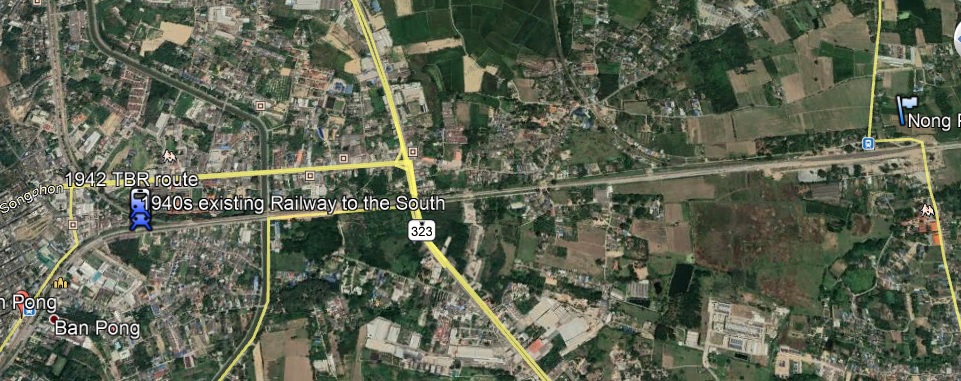
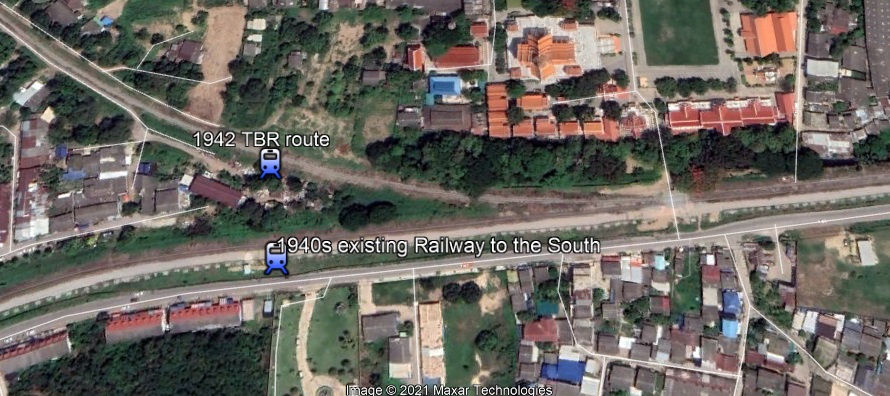
The terrain from BanPong and even from NongPlaDuk to Kanchanaburi was essentially flat and un-obstructed. We do know that the reason why the rails run from the Kanchanaburi river crossing all the way back to ChungKai before they turned west again was that there was a hill of sufficient grade as to present an obstacle to the locomotives of the era pulling a fully loaded train over it. It was deemed easier to chop through the two limestone outcroppings on the river bank than build over Khao Poon. Perhaps though, there were enough slight hills or rises between NongPlaDuk and Kanchanaburi that the engineers wanted to take the rails closer to the Mae Klong River before aiming them at Kanchanaburi.
Below are some photos of the rather nondescript tracks as they split off from the parallel tack running into BanPong and make two curves aiming them towards Kanchanaburi.
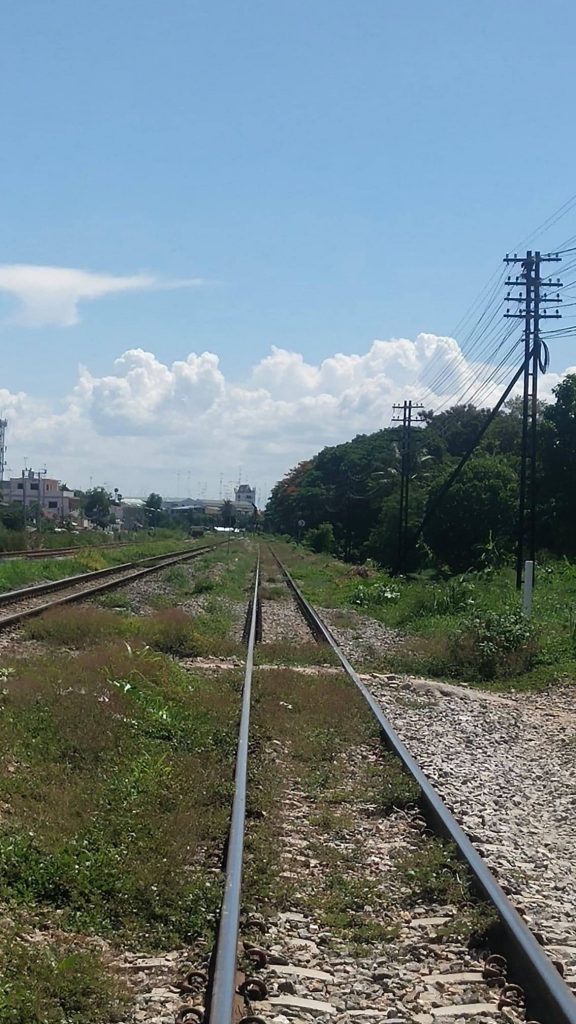
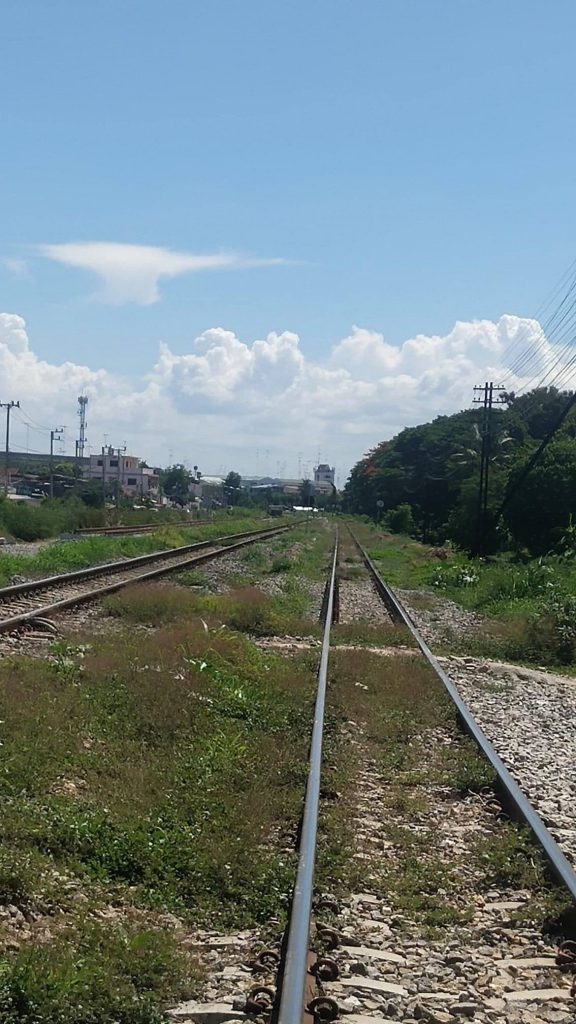
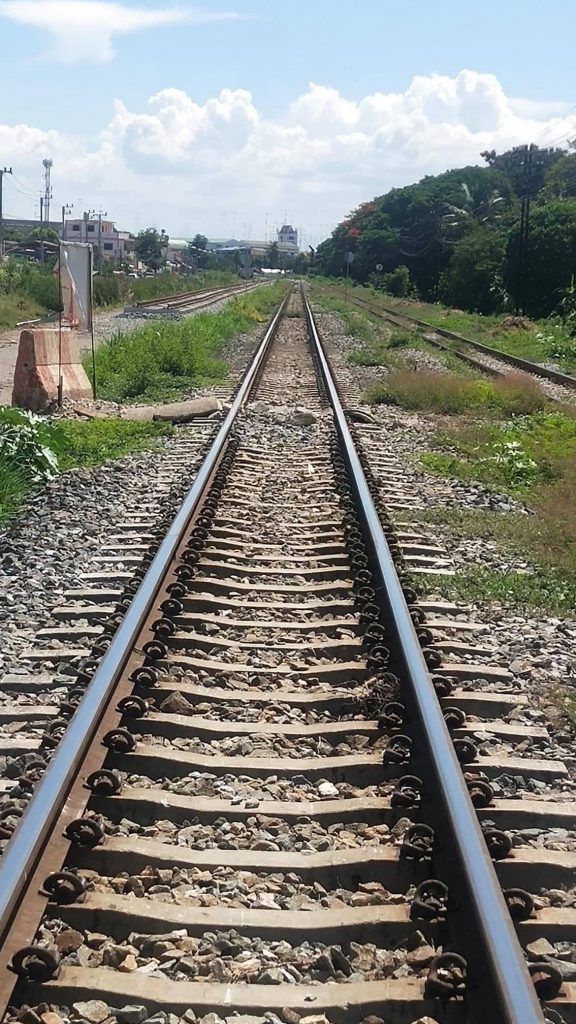
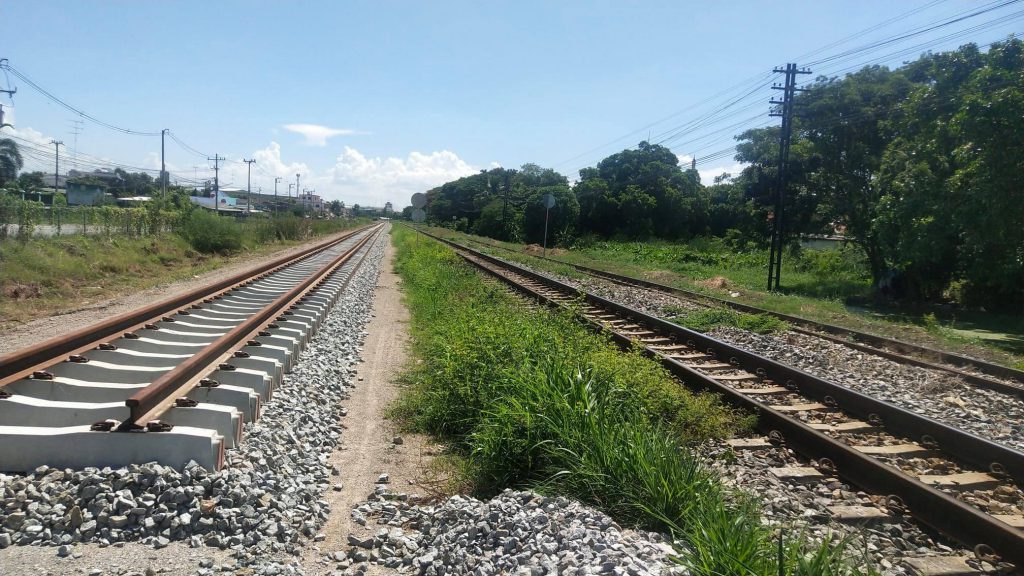
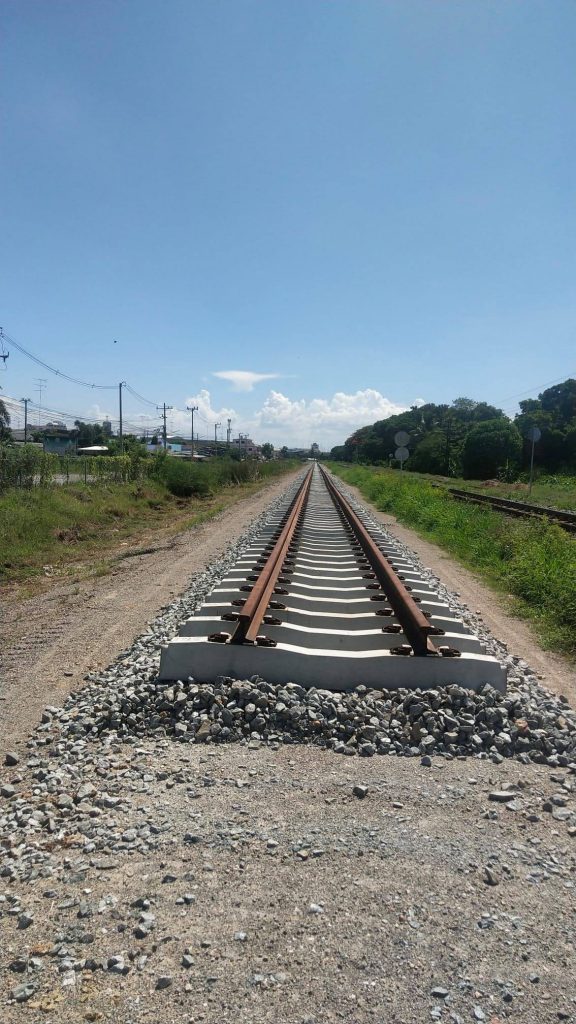
section that is currently under construction
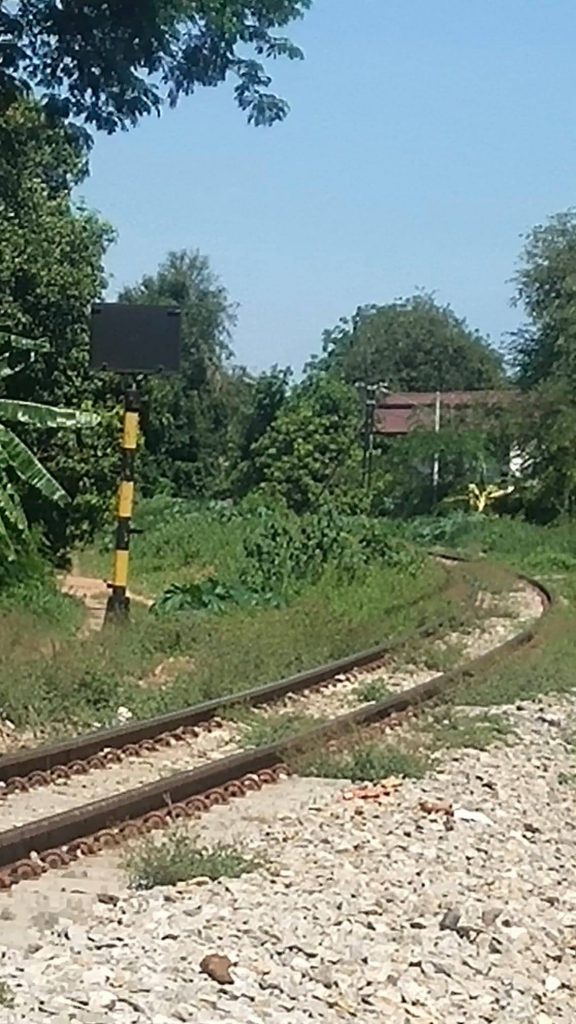
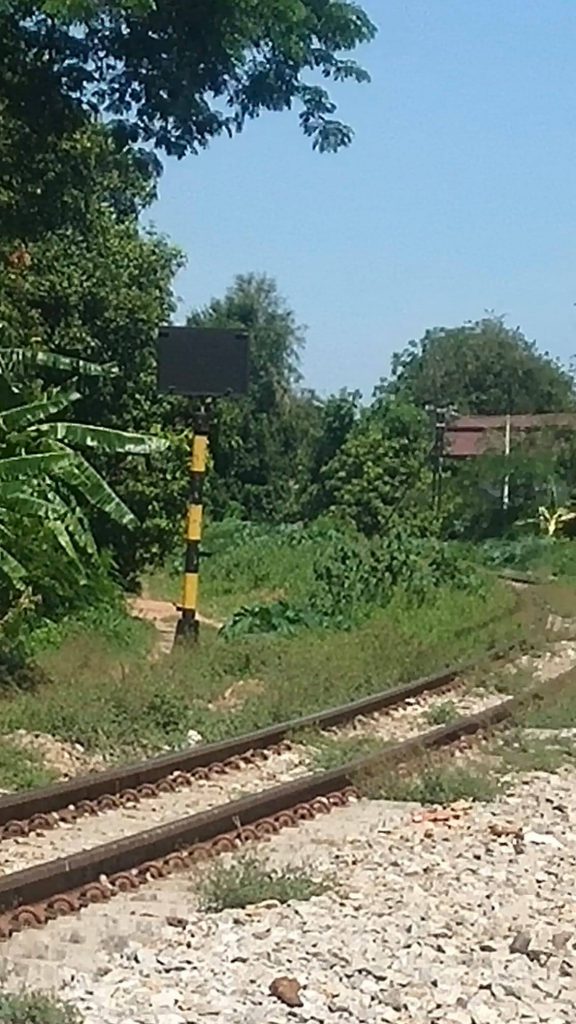
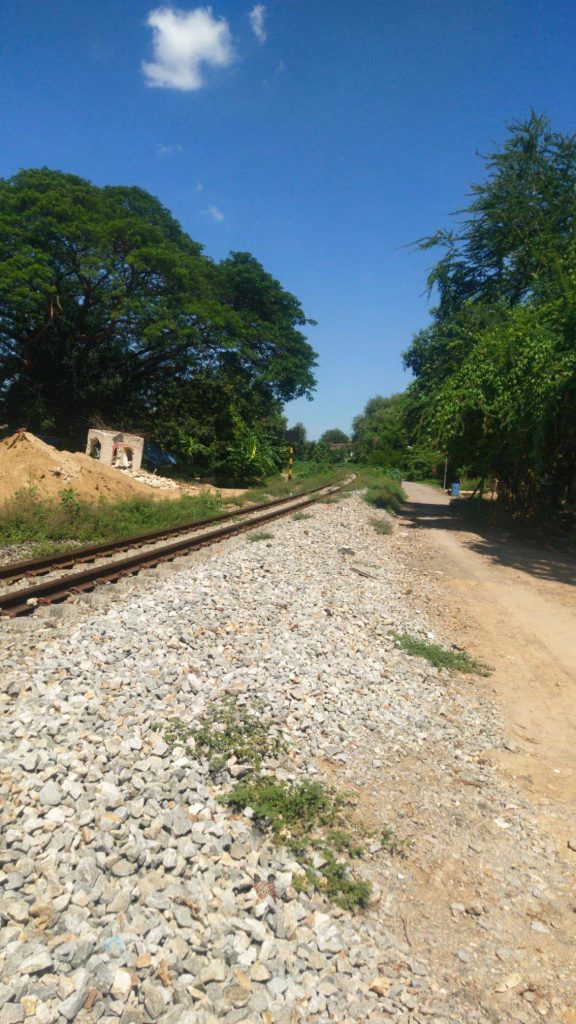
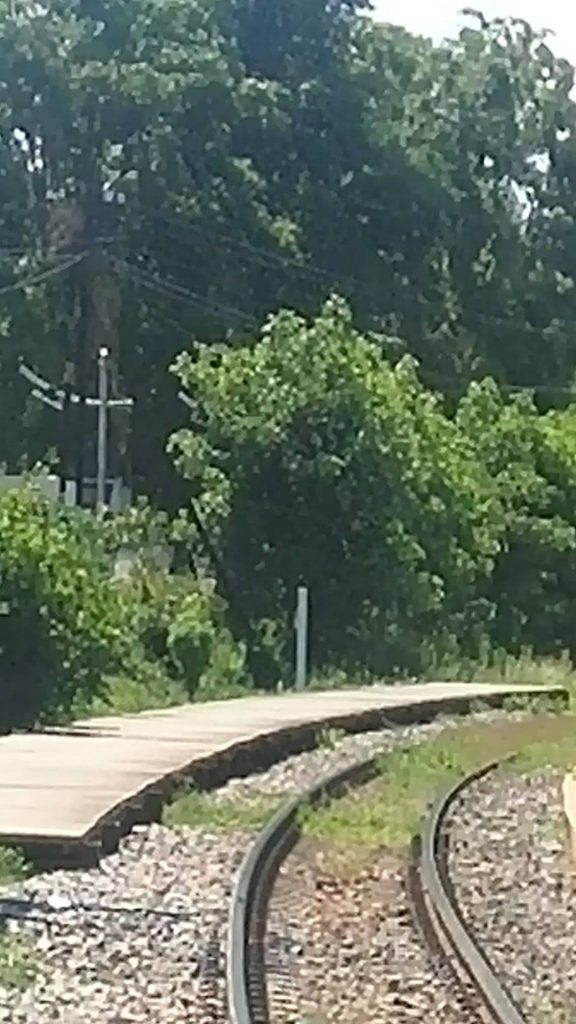
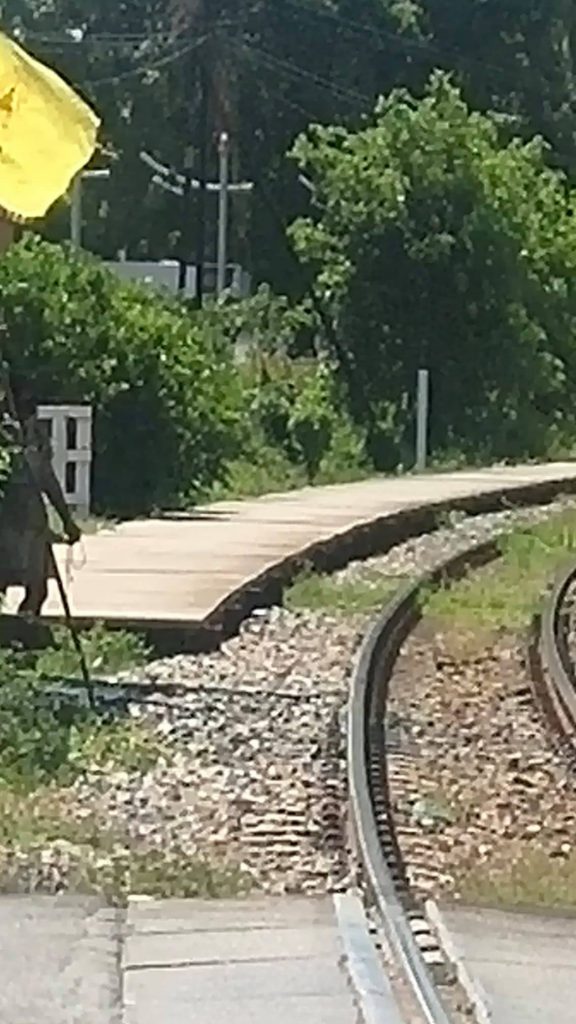
Until quite recently, it was very unusual for there to be a double-track on any part of the Thai Railway System; except of course at some stations and repair and maintenance yards. So why in 1942, did the IJA Engineers decide to build a parallel track looping through the town of BanPong?
NongPlaDuk today:


Even today, Nong Pladuk is a active station but serves mainly a repair and maintenance facility. The POW camp was located just to the north of the rails.






MAY 2023 Update: While re-examining the above photograph I noted something that I had not seen prior. The notation I have circled in the image below seems to say “POW Kamp” using the Duth spelling for camp.)) The known site of the original camp at NPD is also written as Kamp. For some time I have known of the existence of a second POW housing area that was established here either late in 1945 or immediately post-war. It is said to have housed Dutch POWs who were unable to return to the DEI due to political unrest. The primary reason for this map was to denote the location of the NPD cemetery grave sites. I suspect that the camp information on the left was added later to provide further landmarks. But it is clearly not to scale. We also have photographic documentation that that just to the north of the original camp (located immediately adjacent to the station), there were AA battery emplacements. These would be very near where the circled notation is depicted. Is this truly the location of the second camp? Or simply a mis-identification of the gun batteries? The fact that the station seems to be denoted on the wrong side of the track would lead me to the conclusion that this may very well be a simple error due to a faulty recollection made at a later date. The place clearly labelled as ‘church’ is no longer identifiable ad may indeed lay in the midst of the current sugar cane field. What is the meaning of the two items in the top center that look vaguely like trees? They also appear in the lower right in an area today (2023) that is also a sugar cane field. But sugar cane is a grass that doesn’t branch like a tree!
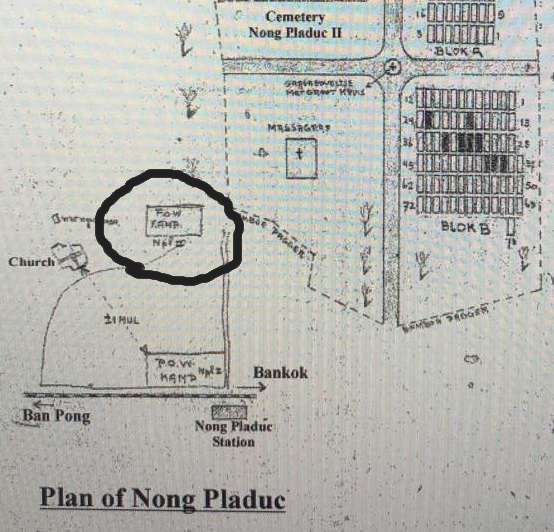
Might this aerial recon photo also show the Camp #2 huts bracketing the AA Battery emplacements? It is not easy to tell. But this would seem to coincide with the above drawing!
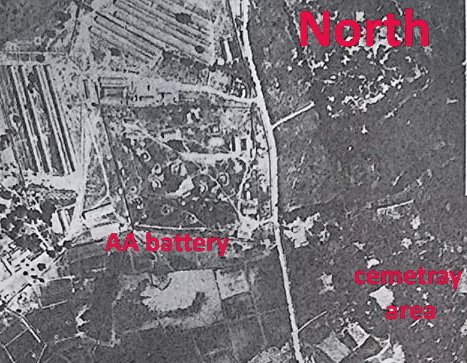
The POW map to the Nong Pladuk cemetery suggests that it currently lies under the sugar cane field just to the northeast of the current Station house.

B-29s (likely flying out of southern China) repeatedly bombed the Nong PlaDuk Rail yards in SEP 44:
In the latter part of 1944 the prisoners faced a new threat, this time from Allied air raids. The close proximity of Nong PlaDuk camps to the strategic targets of the Japanese storage depots and workshops meant that bombing raids were inevitable. All along the Thai- Burma railway key bridges and depots would become targets.
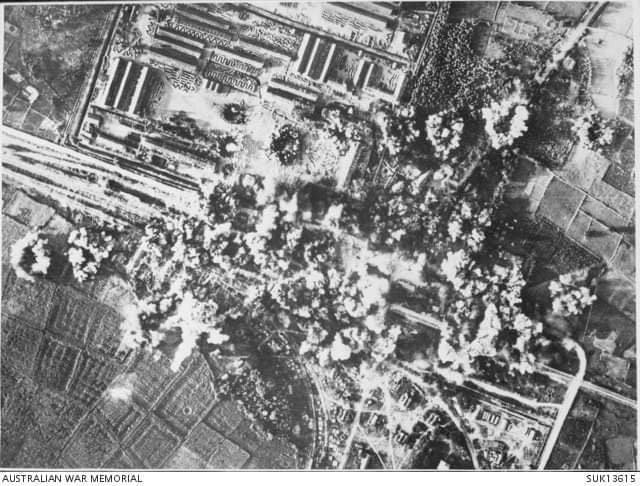
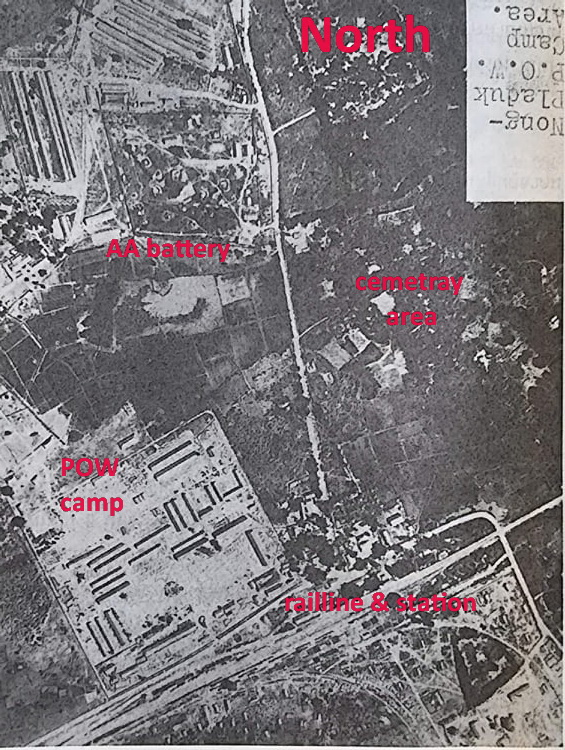
One such raid occurred around September 1944. It was described by a POW:
When the bombers kept flying over it lifted our spirits because we thought the war would soon be at an end. One night they came over very low and we heard the bombs whistling as they fell to the ground. We didn’t know whether the bombers knew we were prisoners in the camps but we thought they must have known by now. The explosions went on for a long time and we could see fires all around. They started to come nearer and the only place we could shelter was under the huts. Some of the bombs dropped in our camp and lots of men were injured by flying shrapnel and a lot were killed.
After the fires died down the camp was in darkness and it was not until some hours after the raid that the full extent of the destruction and loss of life became apparent. Around a hundred men had been killed and many more had sustained horrific injuries. The next day all the bodies were recovered and buried in a mass grave. It was a sad end for the men who had suffered for many months only to be killed by their own bombs. This incident caused a great deal of resentment among the men who could not believe that the Allied Command were unaware that a PoW camp was located next to their targets. Sadly the bombing raids continued for several months and the death toll from them increased.
Throughout 1944 the camp commander was Lt. Colonel Toosey who arrived in Nong Pladuk from Tamarkan in December 1943. After the air raid Toosey made strong representations to the camp commander to allow the digging of slit trenches which would afford the prisoners at least some protection from the air raids. Toosey had gained enormous respect from the men under him for the way he handled the Japanese and also for how he always tried to secure the best conditions for the prisoners.
The above is found at: http://roycollins.me.uk/military_service/pow_part3.html
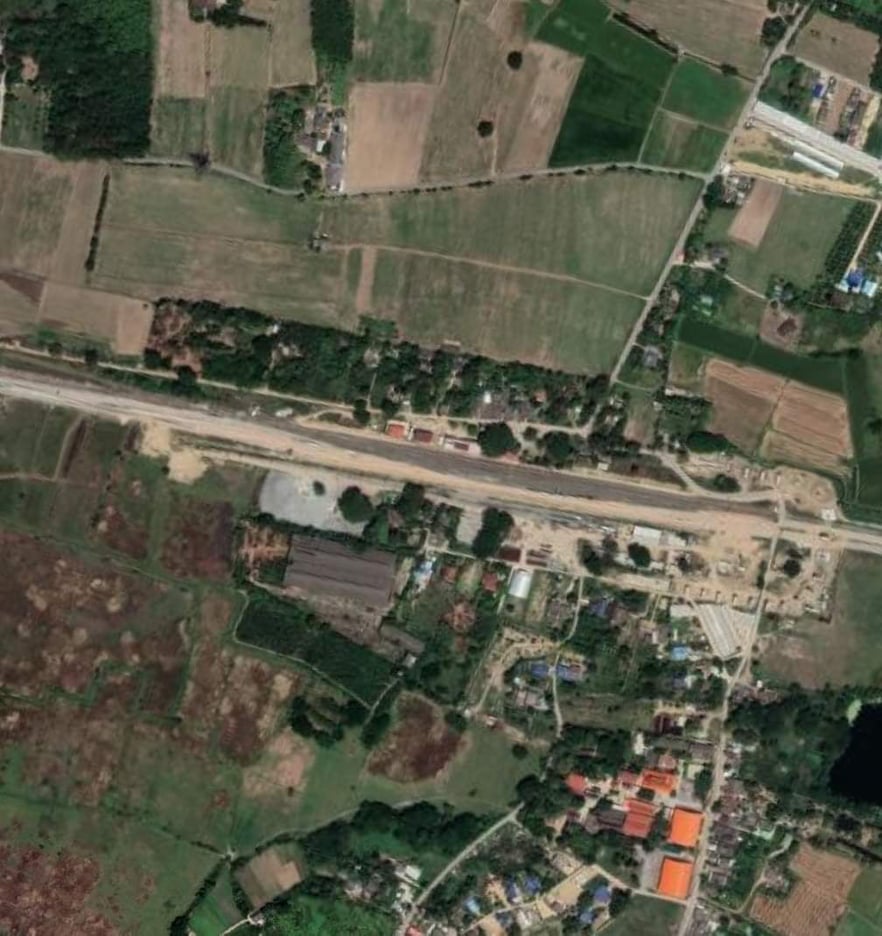
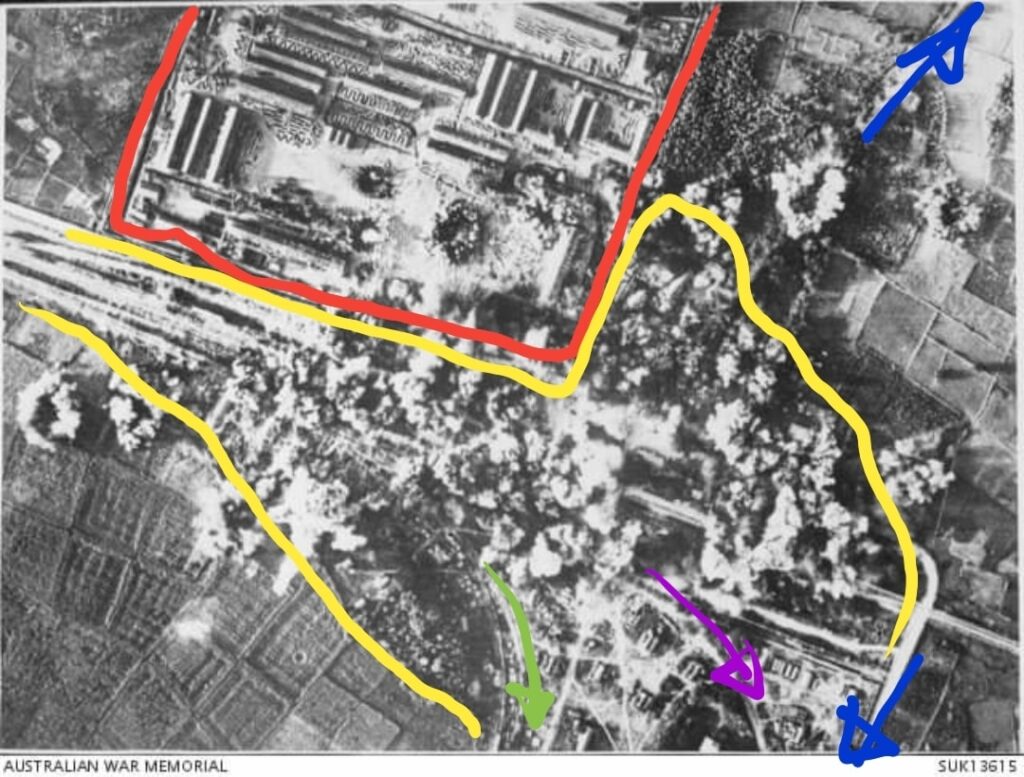
US POW Charles Mott was technically a civilian. He was a volunteer member of the FLYING TIGERS squadron. He was shot down in northern Thailand and passed from unit to unit until he found himself at Ban Pong. He reportedly had been shot down over Tak Province (near the Burmese border) on 8 JAN 1942. After hospitalization in Bangkok he was sent to the Nong PlaDuk POW camp where he joined forces with the RASC 62nd Truck and Motor Pool sending supplies along the TBR. [see his story at Section 9.12]
Per local lure, while driving on the paved road that cuts through the sugar cane fields to the north of the rails, one can frequently hear howls of POW ghosts.
Another article by TS:
The locomotive workshop was called Hashimoto Repair House, which is named after the commander in charge of the workshop.
That workshop area is located south of Nong Pla Duk Station, now a private area, but there are still traces of a 4-square mortar pond or well, as well as the bases of the platforms of the buildings. In the past, residents reported finding many artifacts such rusty rail sections; a bayonet; many rough cement building foundation sections and a dugout compartment that was made for locomotives to park on top and people to go down to repair from beneath. Now all that has been covered, some have been plowed away. Residents have found many rough cast bricks some with embedded letters.
Those bricks are likely fireproof bricks, maybe for building steel furnaces or foundries, or buildings that are resistant to extreme heat. Another thing that makes me think of it is fireproof bricks, is that previously fireproof bricks were found that were made in a Japanese factory in Kanchanaburi province. The texture of the material of these bricks in BanPong is similar to that of those bricks.
So what’s the significance of this locomotive workshop? Why go check it out? Besides being a Japanese locomotive repair place. The workshop, in various documents, also identified as a factory that was used to cast the coins commemorating the opening ceremony of the Thai-Burmese railway line, which was given a very small number of officers. These given to senior officers and chief engineers who had overseen the construction of the railway. Fewer than 10 such coins are known to exist today.
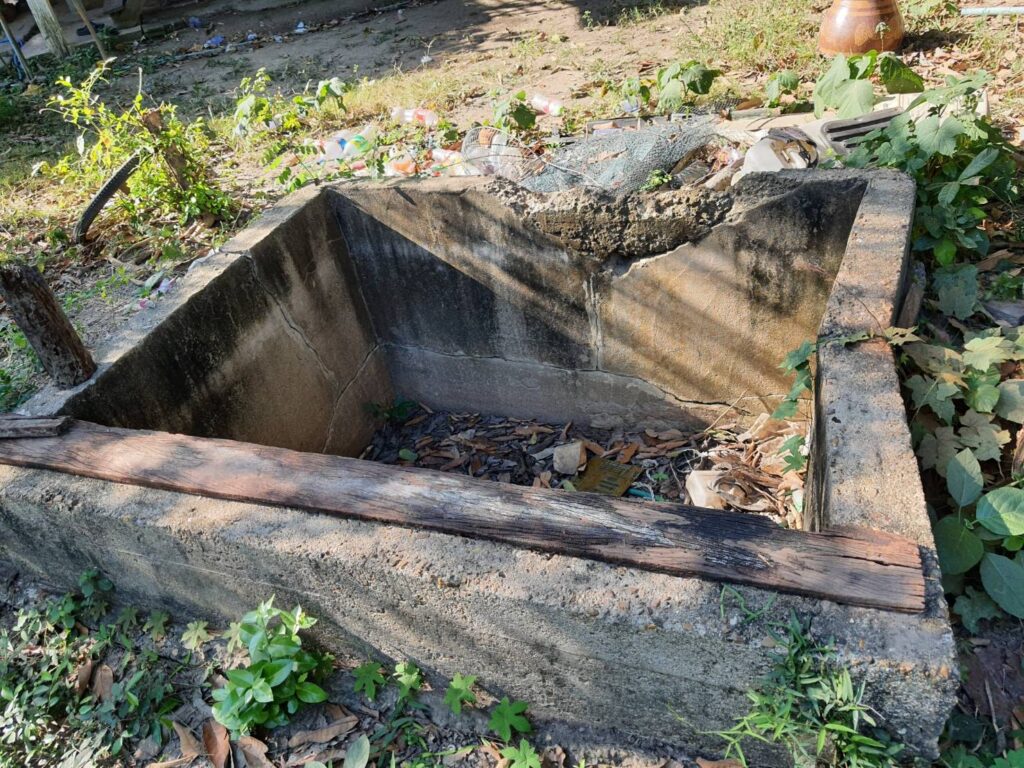
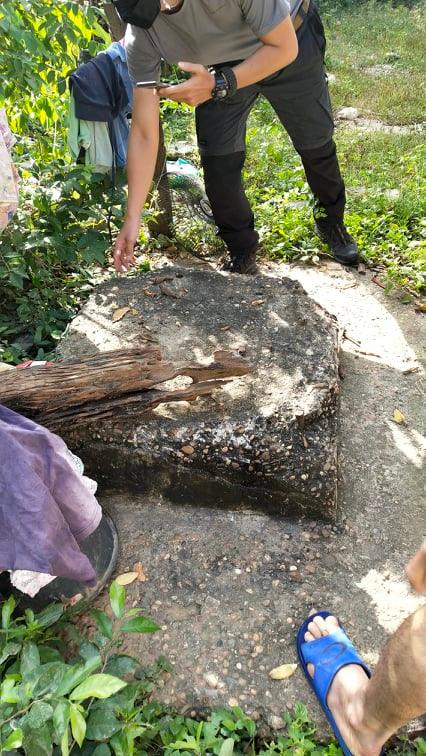

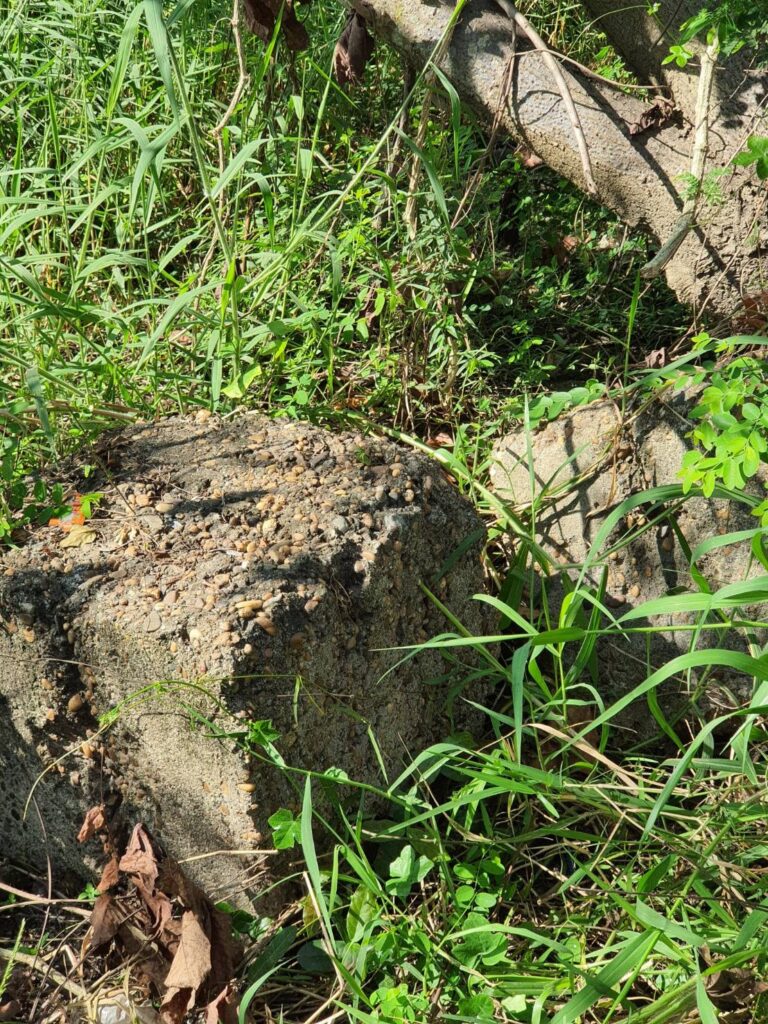
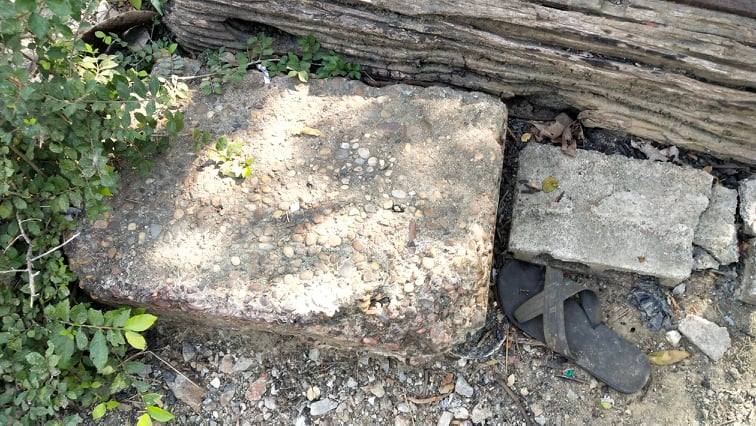
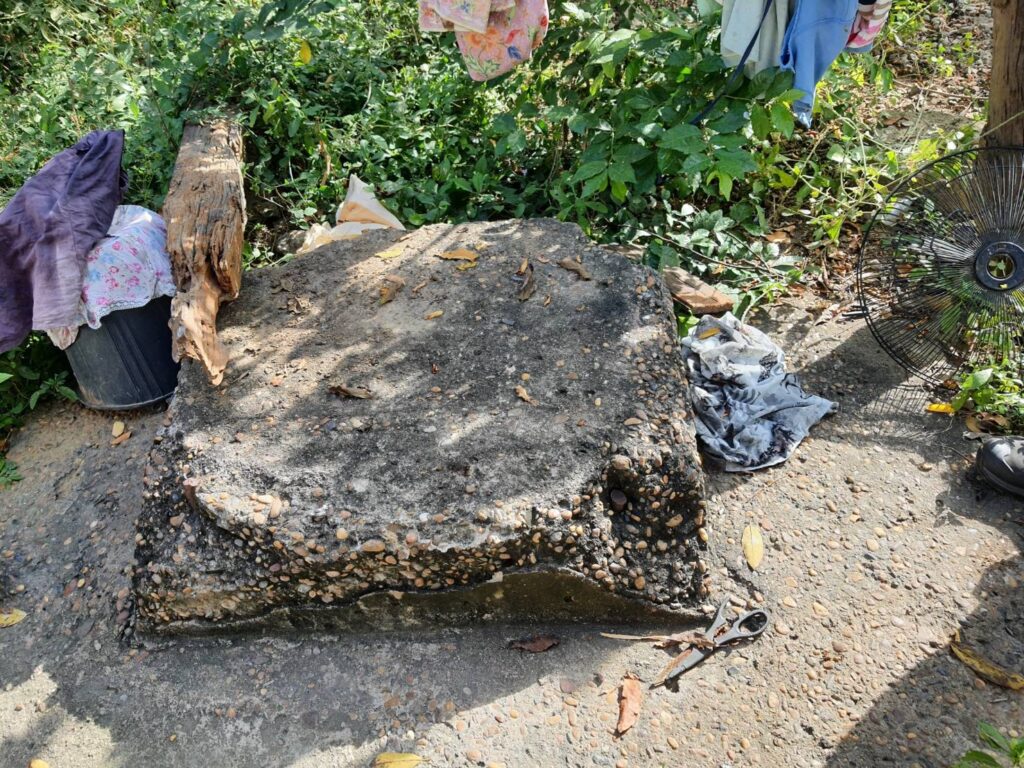
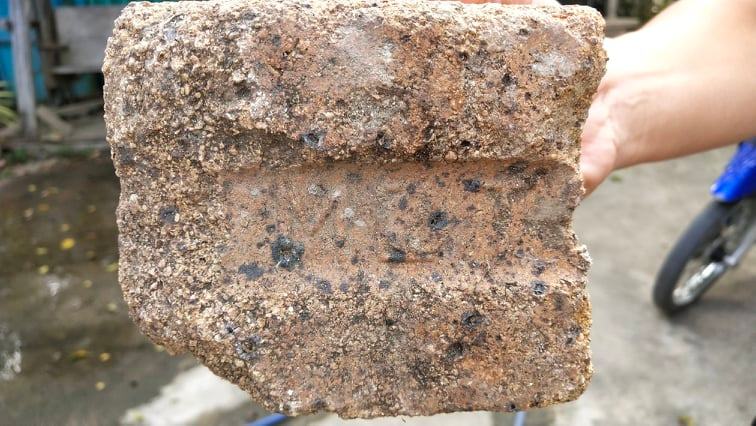
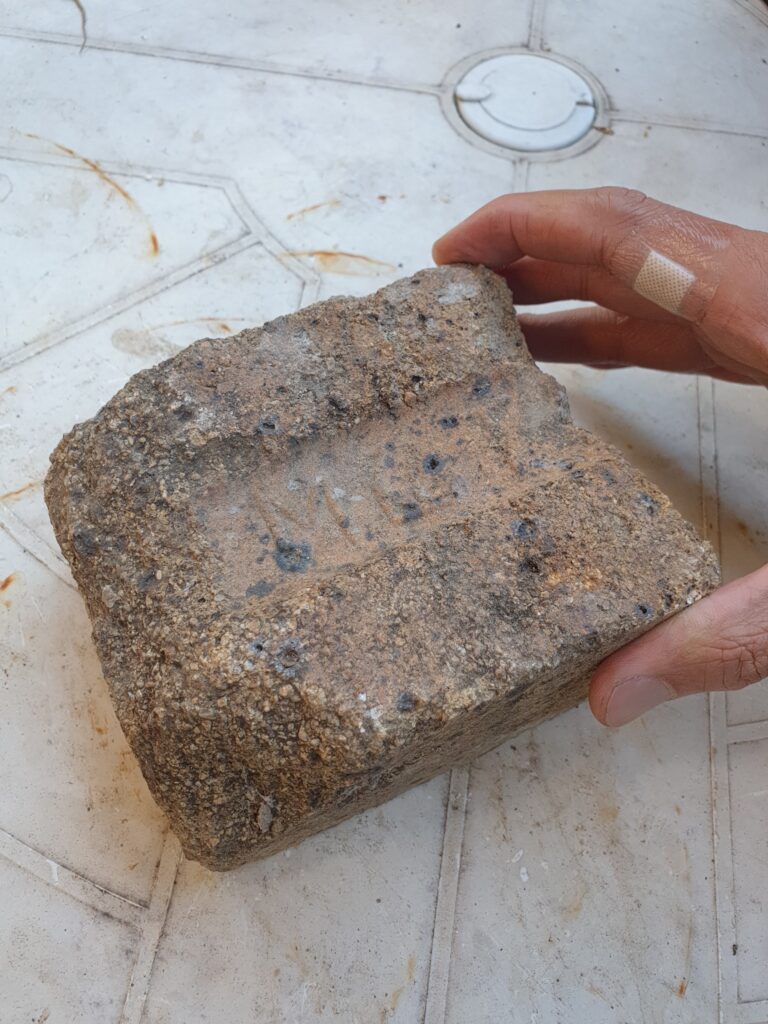
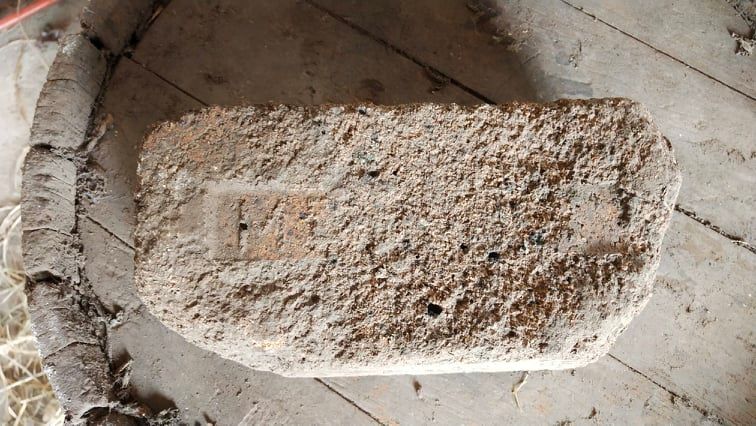
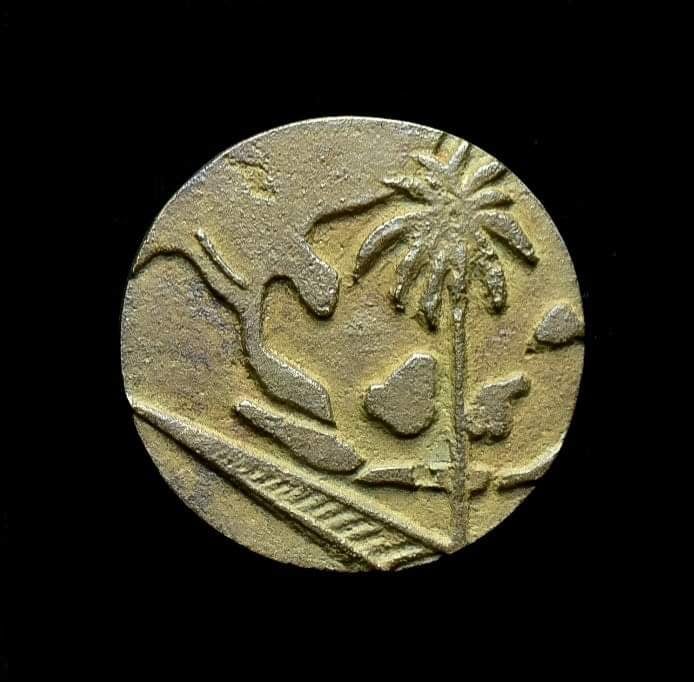
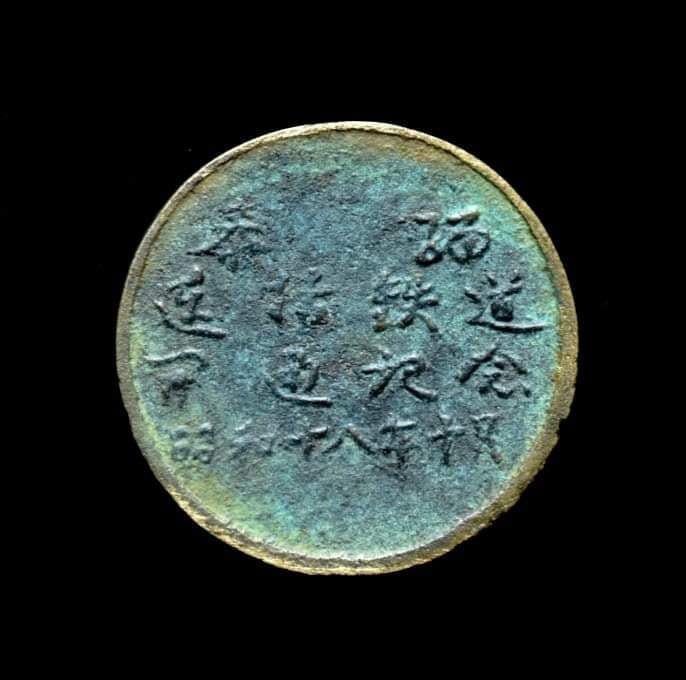

I live in Australia and recently came across one of the Thai-Burma Rail Link commemorative coins as shown in section 8.3 Nong Pladuk Rail Yard. My uncle was captured in Greece in 1940 and was a POW of the Germans and 2 years later his brother became a POW under the Japanese with the fall of Singapore. He died on the Thai Burma Railway with his date of death being recorded as 17/10/1943, the opening date for the railway. Consequently I would very much like any info available regarding these coins/medallions. Other than this site and an example in the Imperial War Museum, UK, I have not been able to google up any information.
The coins you refer to were minted to be handed out to the IJA Engineer Staff who oversaw the building of the Railway. They are quite rare now.
Hi JK, thanks for answering my post. I bought the medallion via an online auction site however there is no providence/info as to where it came from, the auction had it labelled as an “antique medallion” and it was from the sale of a collectors lifetime collection. The lots included various items including some militaria. It certainly appears to have some age and seems authentic. I think it just went under the radar of most bidders. Is there any way for me to find out more info on the item eg how many were made, do copies exist, do you have any experts or contacts who may be able to help me. I would really like to know if it is authentic or not.
Cheers mate,
Wayne